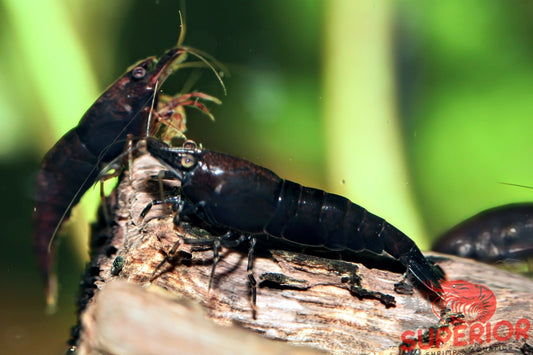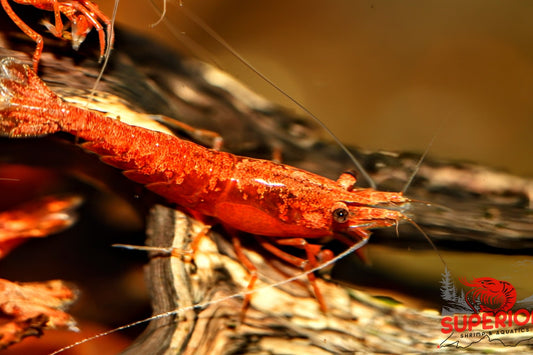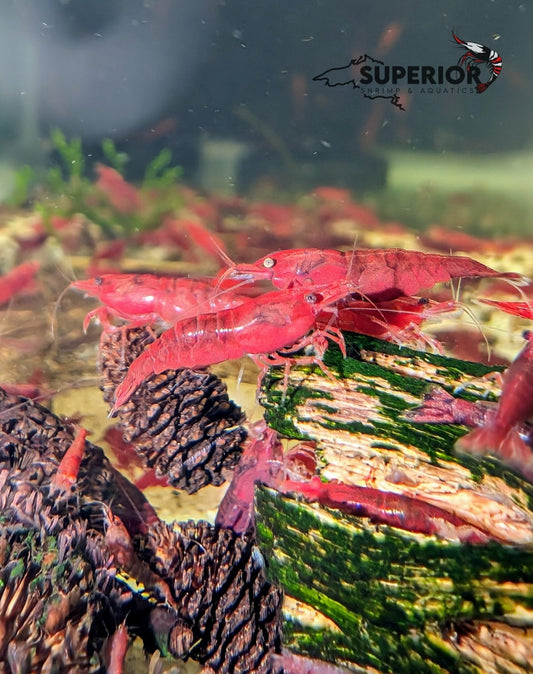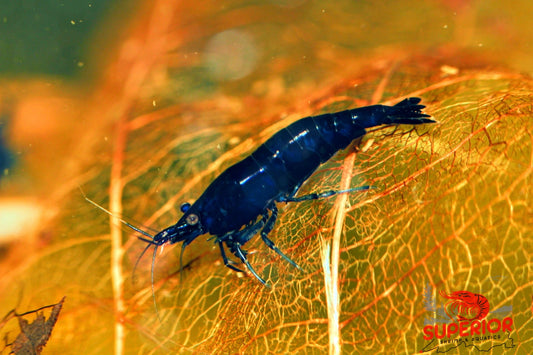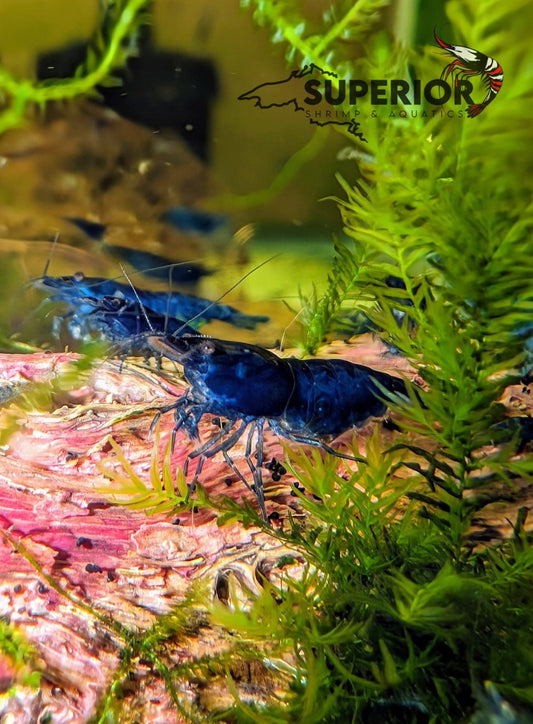Phyllanthus fluitans, affectionately known as the Red Root Floater, is a floating freshwater plant native to the slow-moving rivers and still waters of the Amazon Basin. Though it belongs to a mostly terrestrial genus, this aquatic rebel has gone fully floaty, turning the aquarium world upside-down—literally. With pillowy leaves that range from pale green to deep crimson and roots that dangle in dramatic scarlet flair, this plant isn’t just an accent—it’s an experience. There are floaters, and then there’s Phyllanthus fluitans—the rebellious cousin in a mostly terrestrial family. This dainty surface-drifter defies its land-loving relatives by trading roots in soil for roots in suspension, drifting atop tranquil waters with the relaxed grace of a hammock in a breeze. But don’t let its delicate façade fool you: beneath those round, blushing leaves lies a floating plant of cunning adaptability, scientific intrigue, and—if left unchecked—a hint of ecological drama.
Light, Color, and Leaf Drama
Red Root Floaters thrive under high light and low flow. Bright, full-spectrum lighting (especially red and blue wavelengths) intensifies both root and leaf color, transforming them from a modest green to vibrant reds. It is recommended to use a strong red-heavy spectrum LEDs, iron dosing, and low phosphate to bring out their fiery hues. With optimal care, they morph into floating sunsets. Under subdued light, the plant remains mostly green, though still lovely—more modest than magnificent. For that coveted ruby glow, aim for strong LED fixtures and low surface disturbance. They dislike being splashed and will pout if leaves stay wet for too long—think spa guests, not storm chasers. In high light, leaves cup upward to protect themselves; in low light, they flatten to soak up every photon.
Feeding & Water Preferences
Nutrient-wise, these floaters feast through both roots and leaves. Liquid fertilizers rich in iron and potassium are essential to fuel growth and coloration. While CO₂ isn't required, supplemental carbon can encourage lusher, faster development. Iron in particular plays a key role in bringing out that fire-engine red. If leaves are staying pale or the plant seems stuck in neutral, it's likely asking for more micronutrients or more light.
Water parameters are refreshingly flexible. A temperature of 72–80°F (22–27°C) suits them best, with a pH range of 6.5 to 7.5. They prefer soft to moderately hard water, and they absolutely love stillness. Avoid strong filters or bubblers that jostle the surface; calm waters make for happy floaters. If you must run a current, consider using floating rings or barriers to give them a serene corner.
Propagation and Growth Habits
Propagation is charmingly simple: Red Root Floaters naturally produce offshoots, which develop into independent plants. Gently separating clusters allows them to spread and create dreamy floating mats. Given the right conditions, they’ll multiply with delightful enthusiasm—sometimes too much. Overgrowth can block light to submerged plants, so occasional thinning is a must. Use a fine mesh net or just your fingers to harvest extras—no special tools needed.
Careful attention should be paid to balance: too little light and they lose color, too much splash and they disintegrate, too few nutrients and growth slows. Leaf melt is a common issue when surface tension is high or humidity too low. They do best in enclosed aquariums or tanks with covers that retain moisture, preventing leaf desiccation. For open-top aquascapes, ensure ambient humidity is on the higher end, especially if your air is dry.
Taxonomy, Origins & Morphology
While you’re unlikely to find it lording over riverbanks, Phyllanthus fluitans holds its own in the aquatic world. A member of the Phyllanthaceae family, it’s a rare aquatic outlier in a genus of mostly terrestrial species. Its opposite leaf arrangement, notched tips, and midrib prominence make it deceptively similar to Salvinia minima, though it lacks floating hairs and rhizomes.
Its structure is exquisitely tuned for photosynthetic efficiency. Floating pads ride the surface while fine roots trail elegantly below, forming shaded root-veils where shrimp and fry find refuge. It reproduces through fragmentation and offshoots, thriving best in shallow, nutrient-rich environments—ideal for home aquaria, but also a red flag in natural habitats where it escapes.
The Regulatory Side of Red
According to a USDA Weed Risk Assessment, Phyllanthus fluitans scores a 12—placing it in the “high risk” category. It exhibits fast vegetative spread, particularly in warm, nutrient-rich waters, and tolerates temperatures as low as 10°C (50°F). Once introduced, it forms dense mats that crowd out native plants and reduce oxygenation.
The plant’s tendency to reproduce through stem fragmentation means that even tiny clippings can spawn new colonies. The USDA report also highlights its tolerance for low flow and variable nutrient levels—conditions found in stormwater ditches and irrigation canals, where it’s now occasionally observed outside cultivation.
Florida’s Floating Case Study
In a 2018 FLEPPC symposium, researchers warned of its escape into south Florida’s canal systems. Red Root Floaters were forming thick surface mats in stormwater ponds, tolerating both low and high nutrient loads. The plant’s resilience to flooding and draining made it unusually difficult to manage.
Of particular concern was its ability to rapidly alter surface ecosystems, reduce light penetration, and outcompete submerged species. The FLEPPC notes the risk posed by aquarium hobbyist releases and calls for increased education and disposal protocols. This isn’t merely a hobbyist’s misstep—it’s a potential ecological cascade.
Beauty With Boundaries
Originally described in 1821, Phyllanthus fluitans continues to charm aquarists worldwide—and it’s easy to see why. Its lush floating canopies, fiery colors, and graceful root veils make it a standout choice for aquascapers who want both beauty and utility. It shelters fry, complements shrimp tanks, and adds movement and drama to the surface layer.
But admiration must be paired with caution. Dispose of excess floaters responsibly—dry and bagged, never flushed or tossed outdoors. This is one aquatic marvel best kept contained. Because while it glows like a sunset in your tank, it casts a longer ecological shadow if allowed to wander.
